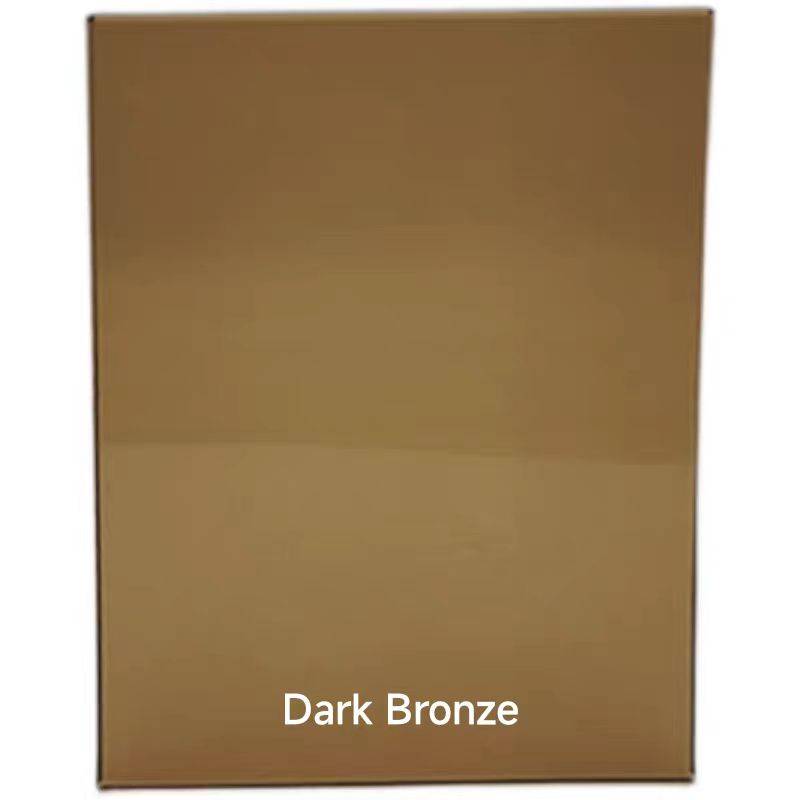

The Acid Etched Glass Process
Acid etching is a popular method used to create decorative designs on glass surfaces, adding an elegant and sophisticated touch to various applications, including architectural features, art pieces, and everyday items like mirrors and glassware. This technique involves the use of a chemical etching process that alters the glass surface to produce a frosted appearance, providing both aesthetics and privacy.
The process typically begins with the selection of the glass type. Common choices include float glass, which is known for its smoothness and clarity. Once the appropriate glass is chosen, the artist or craftsman prepares the design that will be etched onto the glass. This could be a simple pattern, a complex image, or even text. The design is either hand-drawn or printed onto a special film that will be applied to the glass.
The Acid Etched Glass Process
The etching itself is accomplished by applying a mixture of hydrofluoric acid and water directly to the exposed portions of the glass. This mixture is usually diluted to control the etching depth and achieve the desired effect. Depending on the complexity of the design and the strength of the acid solution, the etching process can take anywhere from a few minutes to several hours. During this time, the acid reacts with the silica in the glass, creating a permanent matte finish on the surface.

Once the etching is complete, the acid is neutralized with a special solution, typically comprising sodium bicarbonate, to halt the reaction and ensure safety. The glass is then thoroughly rinsed with water to remove any residual acid and dried carefully. After drying, the film is removed, revealing the beautiful design that has been etched into the glass.
One of the significant advantages of acid etching is that it can achieve intricate and detailed designs that may be challenging to accomplish through other methods, such as sandblasting. Additionally, acid-etched glass is durable and resistant to wear, which makes it suitable for both indoor and outdoor applications. It is often used in architectural glass for windows, doors, and partitions, as well as for decorative items like table tops, vases, and glass artworks.
Safety precautions are crucial in the acid etching process due to the hazardous nature of hydrofluoric acid. Proper protective gear, including gloves, goggles, and masks, should always be worn to prevent skin contact and inhalation of fumes. Furthermore, the etching should be conducted in a well-ventilated area to minimize exposure.
In conclusion, the acid etched glass process combines artistry with chemical engineering, producing stunning visual effects that enhance the beauty of glass. Its versatility and ability to offer both decorative and functional benefits make acid etching a favored choice for designers and artisans alike. With its rich tradition and ongoing innovations, acid-etched glass continues to captivate and inspire creativity in various fields.